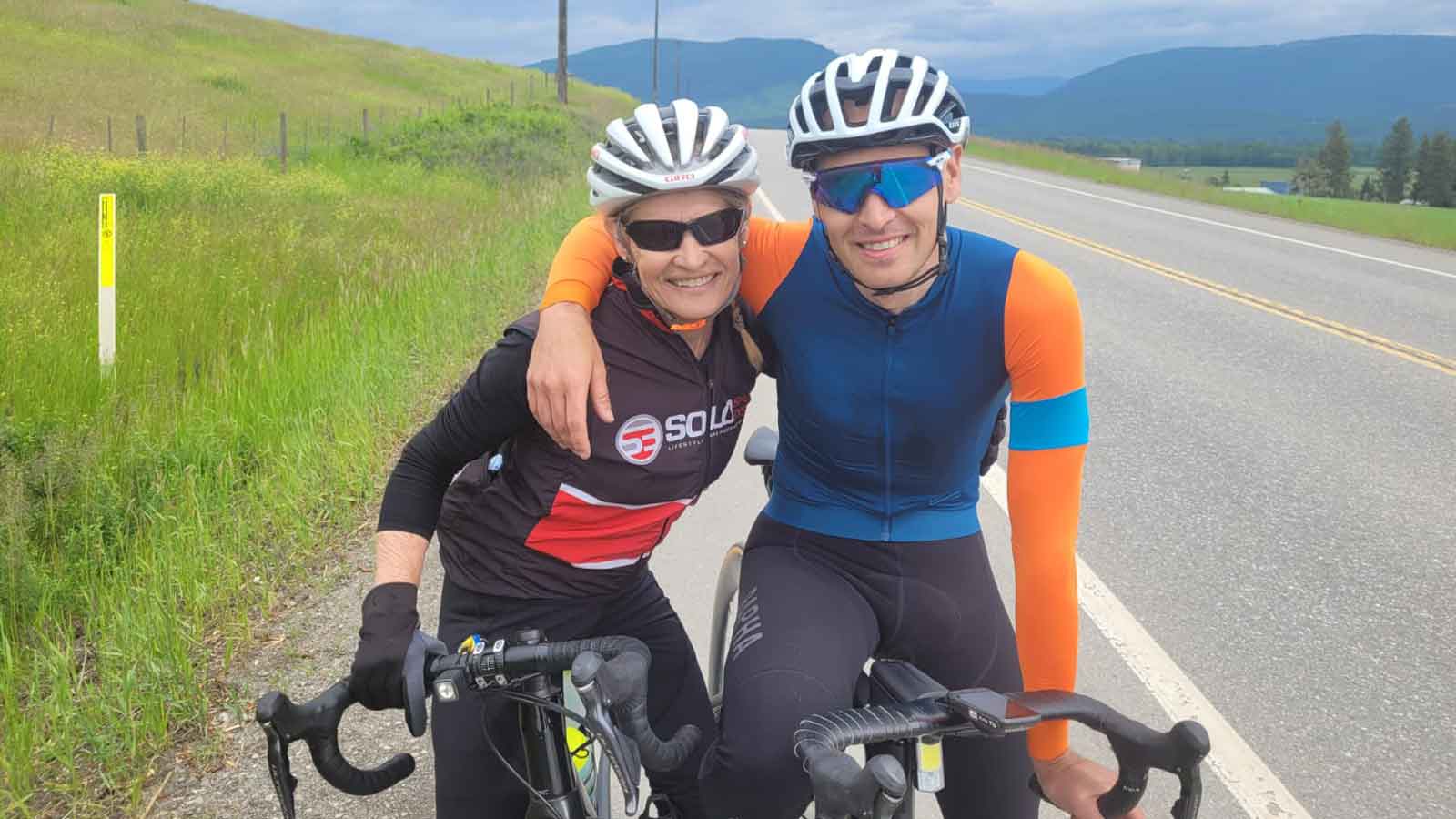Through the Kris Yip Memorial Foundation and Fondo, we are committed to raising awareness about coronary artery disease (CAD) in athletes. While fitness is strongly associated with improvements in health quality, CAD is an insidious process that affects athletes of all ages and abilities. Only with greater recognition that symptoms may be occurring, followed by appropriate testing, can we hope to mitigate or reduce the risks of further morbidity. Kris’s sudden, unexpected passing from advanced CAD left his family, friends, and the cycling community devastated. He had no symptoms, no warning signs, and thus no opportunity for intervention.
His loss drives our mission to hopefully provide others with the knowledge and tools needed to understand the importance of heart health, regardless of their athletic capabilities. We are lay people attempting to help educate our community regarding this complex and very serious topic. As such we provide the caveat that you should consult your doctor should you require further information or clarification.

1. CAD: Know the Risk Factors
CAD occurs when plaque builds up in the coronary arteries, restricting blood flow to the heart. While it’s typically associated with elevated levels of LDL cholesterol, high blood pressure, and lifestyle factors, athletes are not immune from developing CAD.
- heartandstroke.ca provides a comprehensive list of risk factors, in addition to symptoms associated with CAD.
- Family History: A major risk factor is present if you have a direct (parent) relative with CAD or other heart abnormalities, especially if they have developed heart disease prior to age 50. You can't run, walk, swim or cycle away from this risk factor.
- Age and Training Intensity: For athletes over 35, research shows that prolonged high-intensity interval training (HIIT) may increase CAD risk by accelerating arterial changes through an inflammatory pathway. The enigma is that HIIT may also be protective, thus many experts suggest older athletes should stick with the 80/20 rule: 80% zone 2, 20% HIIT.
2. Regular Medical Evaluations
Annual check-ups with relatively basic lab workups should be part of your annual training plan, regardless of your age or perceived fitness level.
- Blood work: This may include a lipid panel, apolipoprotein B, fasting glucose and high-sensitivity CRP, kidney function and muscle and liver enzymes. If and when these tests reveal abnormal levels further testing likely will be done. ECGs are not generally performed routinely. But certainly one can request it as part of an annual screening
3. Blood Pressure Monitoring
hypertension.ca is your best source of information regarding guidelines, list of recommended devices and the monitoring of blood pressure.
4. Adapt Your Training
While exercise is important for the maintenance of heart health, the heart is a muscle, and just like skeletal muscle, overtraining can lead to excessive stress on the cardiovascular system.
- Gradual Progression: Avoid sudden increases in training intensity or volume, particularly after periods of reduced activity. Again, follow the 80/20 rule.
- Recovery and Rest: Cardiac and skeletal muscle adaptations occur during recovery, thus rest is as important as training. Incorporate rest days and focus on quality sleep to reduce overall stress on the heart. Listen to your body's cues and take note of your morning resting heart rate. If this value increases more than 5 beats per minute, it may be time to back off on your exercise.
5. Prioritize Heart-Healthy Habits
A few key lifestyle adjustments can significantly reduce CAD risk.
- Diet: Fuel your body with whole grains, lean proteins, fruits, and vegetables. Limit processed foods, added sugars, and saturated fats.
- Avoid smoking and limit alcohol intake: These are major CAD risk factors. Minimizing or eliminating them improves heart health.
6. Make Winter Training Work for You
Many athletes preparing for events like the Kris Yip Memorial Fondo train during the winter months. Indoor bike trainers can help you stay consistent and motivated, no matter the weather. Options like smart trainers allow for virtual rides, while less sophisticated trainers fit most budgets. As winter is technically the cycling off-season, it is a time to focus on building your aerobic base for the coming season, working on flexibility and strength and staying active by participating in non-cycling exercise.
7. Find a Training Partner
Staying motivated can be easier—and more fun—with a friend. Training with someone adds accountability and camaraderie, making it easier to stay consistent and share progress along the way.
Proactive Awareness: A Lifesaving Priority
While the connection between high-intensity training and CAD risk continues to be studied, one thing is clear: staying informed and vigilant saves lives. Athletes must challenge the assumption that fitness equals immunity from heart disease. Be your own advocate, educate yourself through appropriate channels.
The Kris Yip Memorial Foundation is dedicated to raising awareness about CAD in athletes, emphasizing the importance of early detection and prevention. By honouring Kris’s legacy, we aim to protect lives and promote heart health for all.
Ride smart. Train safe. Stay heart-healthy.
